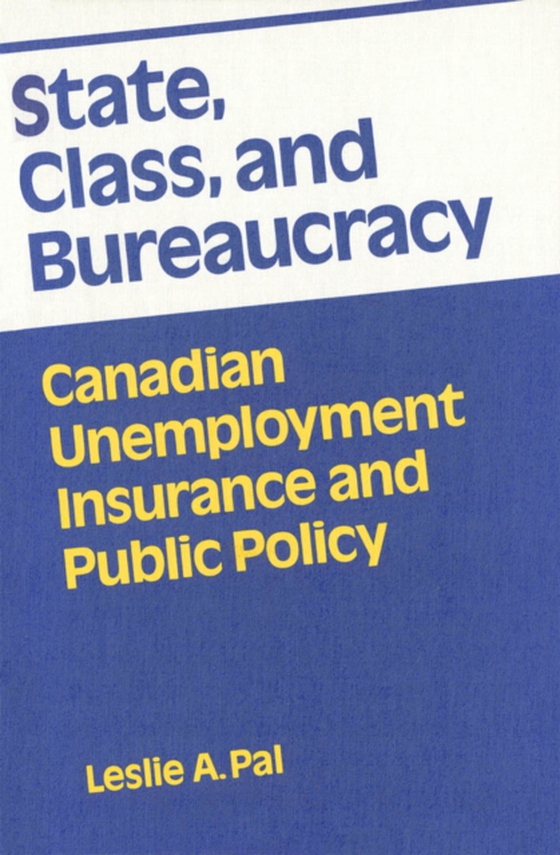
State, Class, and Bureaucracy e-bog
619,55 DKK
(inkl. moms 774,44 DKK)
In reviewing the history of Canadian UI, Pal shows that while capital and labour had substantial disagreements over policy, their representations to state officials rarely had any decisive impact on policy development. The author suggests that bureaucratic forces, including organizational ideology and inter-agency conflict, provide a much richer basis for understanding UI policy evolution. The ...
E-bog
619,55 DKK
Udgivet
1 februar 1988
Længde
224 sider
Genrer
JFF
Sprog
English
Format
pdf
Beskyttelse
LCP
ISBN
9780773561472
In reviewing the history of Canadian UI, Pal shows that while capital and labour had substantial disagreements over policy, their representations to state officials rarely had any decisive impact on policy development. The author suggests that bureaucratic forces, including organizational ideology and inter-agency conflict, provide a much richer basis for understanding UI policy evolution. The actuarial ideology of the Commission explains the conservative dynamic in UI development, while bureaucratic rivalry, which culminated in victory by the Department of Labour, explains the expansionary thrust, particularly the addition of social welfare aspects. In his discussion of federalism Pal shows that intergovernmental bargaining has had a surprising effect: by the mid-1970s representations from the provinces counted for as much as, if not more than, those from employers and employees. Analysis of UI thus favours state-centred explanations over society-centred ones and suggests that we have overestimated the degree to which government simply responds to external pressures in making policy. Autonomous and distinct forces within the state also greatly effect policy evolution.
 Dansk
Dansk

